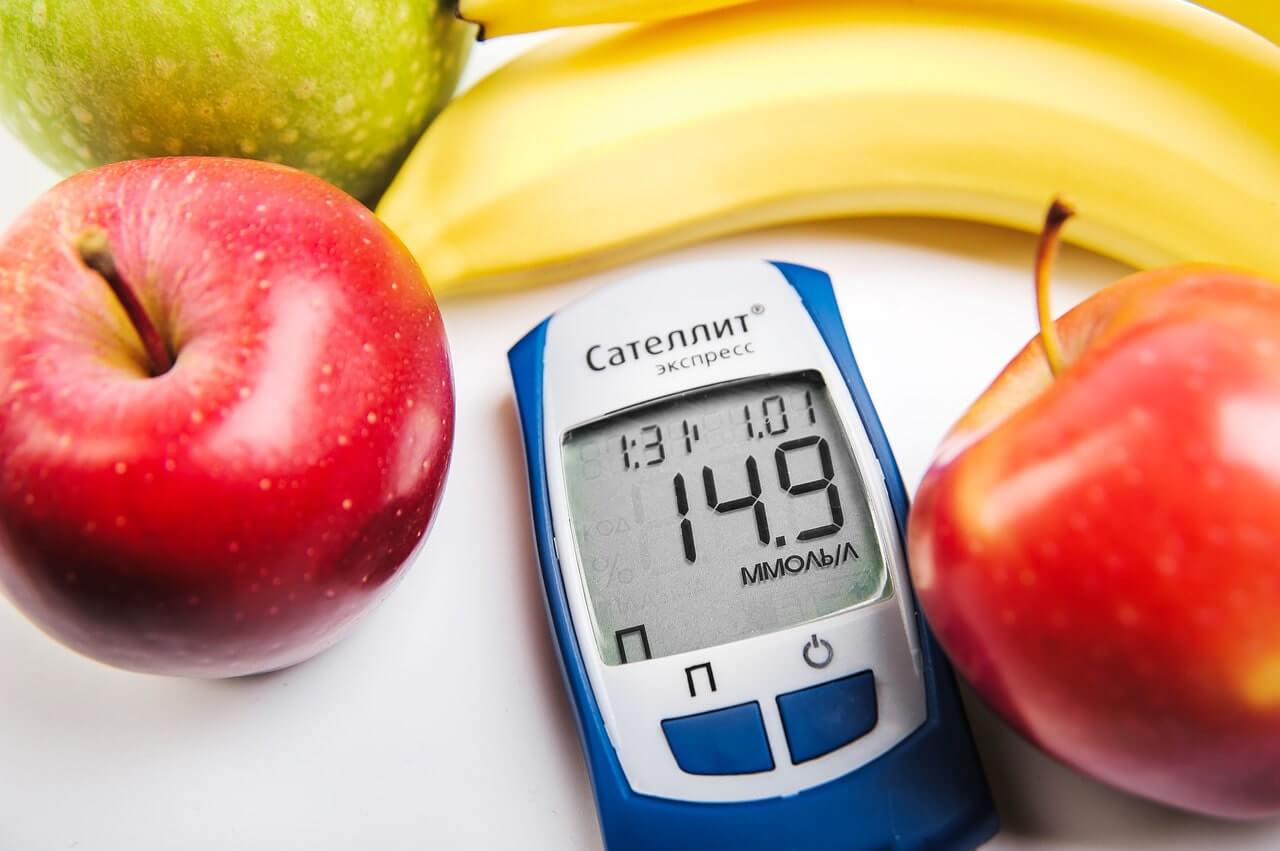Diabetes 101: A Beginners Guide to Diabetes
A beginners guide to Diabetes. Here you will find answers to all of your questions about diabetes. Complete with a common diabetes term list to help you understand the lingo!
A guide for those who are Newly diagnosed with diabetes
What is diabetes?
Diabetes is a term for a group of conditions that cause the body to either not have enough insulin, insulin does not work the way it should, or a combination of the two. This insulin complication causes the body to have a build up of sugar (glucose) to a harmful amount.
What is the difference between type 1 diabetes, type 2 diabetes, and pre-diabetes?
Type 1 Diabetes:
In this type of diabetes, the body’s immune system has attacked and destroyed the insulin-making cells (beta cells). Without this insulin, the body cannot use sugar for energy. Treatment for type 1 diabetes typically involves insulin injections, blood sugar testing, carbohydrate counting, healthy eating, and exercise.
Type 2 Diabetes:
This type of diabetes occurs in approximately 95% of all people with diabetes. This type of diabetes occurs when the body cannot make enough insulin, insulin is not used correctly, or a combination of the two. Treatment for type 2 diabetes typically involves oral diabetic medications and/or insulin injections, blood sugar testing, carbohydrate counting, healthy eating, and exercise.
Pre-diabetes:
Pre-diabetes is the condition that happens before a person has type 2 diabetes. Here blood sugar is higher than normal but not high enough to be considered diabetes. Treatment for pre-diabetes usually involves eating healthy, carbohydrate counting with portion control, and exercise.
What is insulin?
Insulin is a hormone made by a specific cell called the Beta Cell in your pancreas.
Why do we need insulin?
Insulin is made in the pancreas and helps sugar (glucose) get into our cells for energy. If the sugar cannot get into the cells for energy, it remains in the blood causing blood sugar levels to rise.
What is insulin resistance?
This occurs when the body is making insulin but the cells are not responding normally to the insulin. This can occur in people with pre-diabetes and type II diabetes. Insulin resistance can present itself as a dark velvety patch on the skin in the back of the neck, groin, or armpits, known as acanthosis negricans.
What is glucose?
Glucose, aka sugar, is our bodies preferred source of fuel. When we eat a meal, the food enters the stomach and starts to break down into glucose.
Why do we need glucose?
Glucose powers our body and provides energy to our cells. We may feel tired or fatigue easily when our cells do not have enough glucose to energize our bodies.
What is a normal blood sugar level?
Normal blood sugar levels are between 80-100 mg/dl (4.4-5.5 mmol/L) for a non diabetic person. The American Diabetic Association recommends a person with diabetes to have blood sugar levels of 80-130 mg/dL (4.4-7.2 mmol/L) before meals and a blood sugar level less than 180 mg/dL (10 mmol/L) after meals.
Why are high blood sugar levels dangerous?
High blood sugar (glucose) levels can cause damage to our bodies which can lead to heart disease, kidney problems, circulation problems, nerve problems, and even blindness. High blood sugar is called hyperglycemia.
Why are low blood sugar levels dangerous?
Low blood sugar (glucose) levels can cause dizziness, temporary visual changes, mental confusion, and unconsciousness. Low blood sugar is also called hypoglycemia.
Do our bodies produce sugar?
Yes! A large portion of the sugar in our body is from what we eat but our body also makes its own sugar from your liver. Your liver not only stores sugar but can also make sugar when needed like times you are not eating (like during sleep!) or when you are very physically active.
What are the risk factors for Type 2 Diabetes?
While diabetes is often believed to be a condition a person causes themselves, there are many things that put a person at risk for type 2 diabetes including:
Older age, male gender, family history, ethnicity, overweight/obesity, history of gestational diabetes, unhealthy eating, high blood pressure, high cholesterol, physical inactivity, smoking.
What are the symptoms of diabetes?
Many people do not have any symptoms prior to their diagnosis of diabetes while others do. Here are some of the symptoms of diabetes:
Feeling tired, frequent urination, extreme thirst, extreme hunger, blurry vision, infections that don’t go away, unintended weight loss, having wounds that don’t heal.
How is type II diabetes diagnosed?
Diabetes is often suspected when an individual presents with multiple symptoms. Other individuals with multiple risk factors may be screened for diabetes before symptoms present themselves. There are four testing options when it comes to diagnosing diabetes which can be seen in the table below. Unless there are undeniable symptoms of diabetes present, a test must be repeated on a separate day.
|
A1c |
Greater than/equal to 6.5% |
|
Symptoms plus casual plasma glucose |
Greater than/equal to 200mg/dL (1.1 mmol/L) |
|
Fasting plasma glucose |
Greater than/equal to 126 mg/dL (7.0 mmol/L) |
|
2-hour postprandial plasma glucose |
Greater than/equal to 200 mg/dL (11.1 mmol/L) during oral glucose tolerance test |
What is an Oral Glucose Tolerance Test?
This test measures how your body responds to a specific amount of sugar. In this test, a beverage with sugar in it is provided and your blood sugar is tested every 60 minutes for up to three hours. This test is usually done to help diagnose diabetes.
Enjoyed the article? Check out our Consistent Carbohydrate Diet post to learn about it can help you gain control of your diabetes.
Want to learn more? Schedule a free consultation with our dietitian and certified diabetes educator today!



